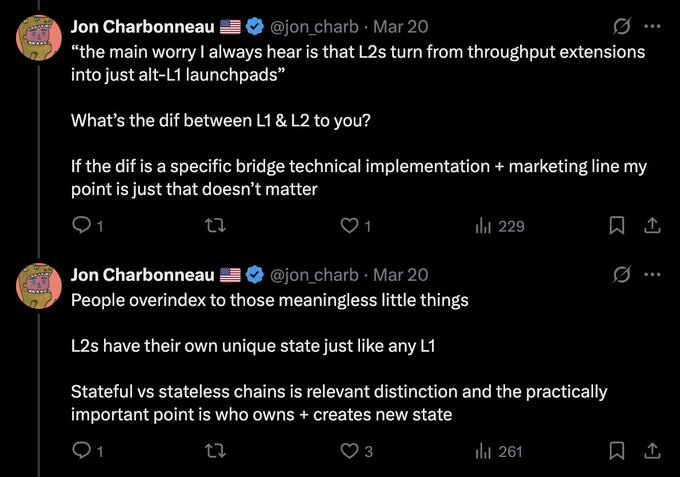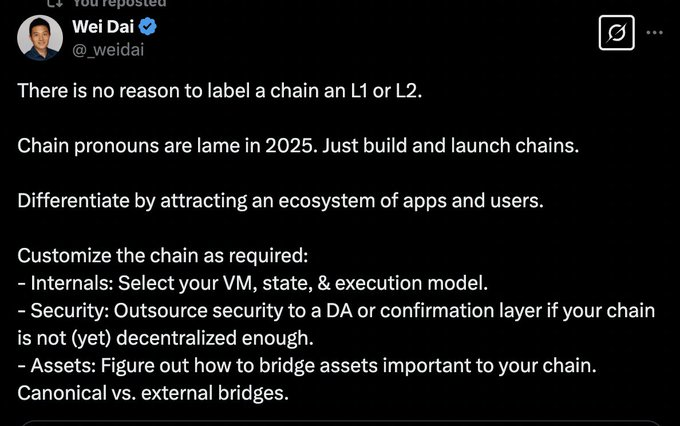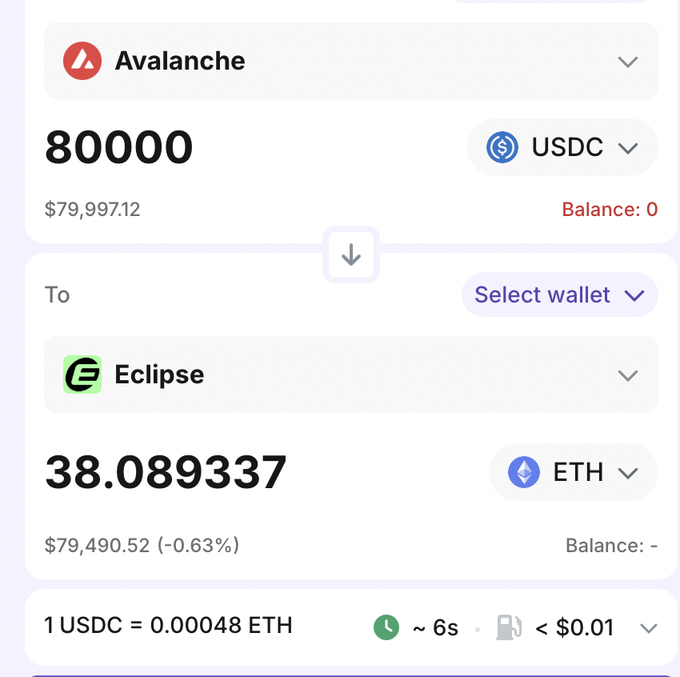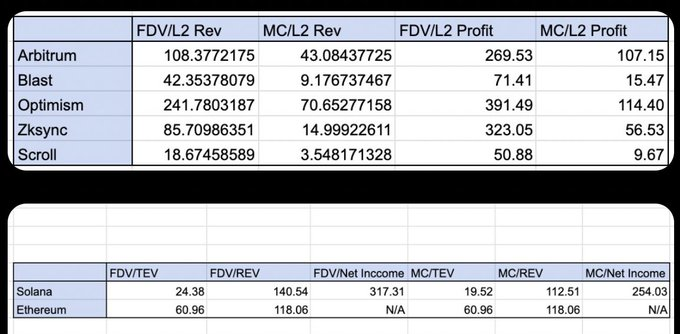From the trust mechanism to the valuation logic, an in-depth analysis of the subtle "father-son relationship" between L1 and L2 is analyzed in depth.

Reprinted from panewslab
03/28/2025·1MAuthor: taetaehoho, Eclipse CSO
Compiled: Tim, PANews

The tweet in the picture is roughly: People are worried that L2 will change from an expansion solution to an L1 launcher, so what is the difference between L2 and L1?

The tweet in the picture roughly means: The intergenerational division of the chain is outdated in 2025, and there is no need to distinguish L1 and L2. The real difference is the user and the ecosystem.
You should reread these tweets 100 times.
In terms of end user perception, there is no product difference between L1 and L2. There is no fundamental difference between L1 and L2 in terms of liquidity. A new L1 must be initiated by bridging the liquidity of a stablecoin or non-native asset to its chain. Similarly, an L2 also needs to be initiated by bridging the liquidity of a stablecoin or non-native asset to its chain. The difference between L2 is that it obtains a trust-minimized bridge from L1, whereas Alt-L1 does not have this mechanism, but must rely on a cross-chain message bridge. We have clearly seen that some giant whales are very sensitive to these trust assumptions, but many ordinary users don't care.
One view of the adhering to the intermediate route group (mainly from the Alt-L1 team) believes that "L2 will lead to liquidity splits".
One L2 allows only trust-minimized bridging from L1, but every L2 introduced today will be connected to Alt-L1 and other L2s.

Each veritable L2 deploys a cross-chain message bridge at startup. Any user connected to the underlying chain (such as Ethereum and Solana) can use this as a relay to transfer large assets between Alt-L1 and L2. If an Alt-L1 does not have its own L2, it may make it difficult to flow outward, but if it integrates the cross-chain message bridge at the same time, it will form a paradox.
The essence of an L2 product is not defined by its association with L1. It is nothing more than an execution layer, just like other execution layers with different characteristics.
So, why is L1 more valuable than L2?
Look at it from two perspectives.
**1. Angle 1: The difference between the valuation logic of L1\L2 in
the primary and secondary markets**
a. The valuation logic in the secondary market is the same
L1 has higher network activity. Solana/ETH is valued at about 100 times the annualized revenue, and the mature L2 valuation range is similar (10-200 times). (The data comes from October 2024, but the argument remains true).

As indicated by fundamental valuation multiples, the valuation multiples of mature L1 and mature L2 are relatively close to each other (Arbitrum/Optimism vs. Solana/Ethereum).
b. The valuation logic in the primary market is different
Compared with the secondary market, there are more unexplained extreme valuation multiple outliers in the primary market. In other words, under the premise that the transaction activity is not high, there are projects with valuations of billions of dollars. These phenomena often occur more in the primary market than in the secondary market.
Representative Projects
- L1: Sui, Mantra, Pi, ICP, IP (and many old projects from different periods)
- L2: MOVE
In my opinion, this is a misunderstanding in the framework setting of the initial L2 project. Arbitrum and Optimism position themselves as Ethereum's expansion network as the execution layer that helps ETH scale. This positioning combined with Ethereum's "Rollup-centric roadmap" is indeed an excellent cold start method.
But the disadvantage of this approach is that it limits the entire target market to the Ethereum user base, thus limiting the imagination space of overall liquidity, industry awareness, and revenue scale that these chains (such as Arbitrum/OP) can capture. Although Arbitrum and Optimism are fully equipped to attract new decentralized applications and ecosystem players (including those who have never been involved in Ethereum), their initial market entry strategy (GTM) overemphasize themselves as "Ethereum's extended network." This positioning leads the market to always regard it as an affiliated ecosystem of Ethereum (and therefore valuation is only seen as a certain percentage of Ethereum’s value). To be honest, when these teams were launched, there was indeed only the mainstream ecosystem of Ethereum in the market.
2. Angle 2: Token model
An L1 token model has a basic network flywheel effect. When L1 on-chain activities increase, it will directly drive the demand for tokens from two independent players, namely on-chain speculators and stakers.
The more frequent on-chain activity, the higher the fees the on-chain speculator is willing to pay to include transactions into the block. The uncertainty brought about by diversified activities actually increases the probability, frequency and scale of wealth opportunities, causing people to compete for these opportunities. In terms of staking, the more fees a blockchain earns, the more people are willing to pledge their native tokens to gain exposure to this part of the economic gain. In addition, on-chain activities are often associated with the issuance of net new assets, which are usually paired with native tokens, and people need to purchase these native tokens to participate in related trading activities (such as minting NFTs with ETH and purchasing Meme coins with SOL).

How should L2 deal with these problems?
Change your thinking
What L2 needs to make clear decisions is: should it become L2 that focuses on ecological collaboration, or should it hope to attract users from any source? The L2 construction should take full advantage of its unique layer 2 technology (trusted/customized block construction, performance optimization, and shareable profits).
Optimize the token economic model
L2 should optimize its token economic model to form a flywheel effect where the growth of network activity can stimulate token demand on both supply and demand. Currently, L2 attempts to use custom gas tokens. Although it solves the incentive problem of on-chain speculation links, it fails to allow stakeholders to share this part of the profit. In theory, since most L2s classify the sorter income into the DAO treasury, and the token controls the DAO treasury, this is equivalent to distributing the fair expectations of the income to the token holders. However, to achieve the same effect at the cognitive level of token holders, token holders must be given more complete governance rights.

